NASA is working with a few third-party companies to return man to the moon by 2026. One of those major players working to make this dream possible is Elon Musk’s SpaceX.
After a few failed attempts last year, SpaceX launched its third test flight on Thursday with better results. The Starship rocket reached space, marking a new milestone the company didn’t expect to reach with this test.
Starship Flies for 45 Minutes
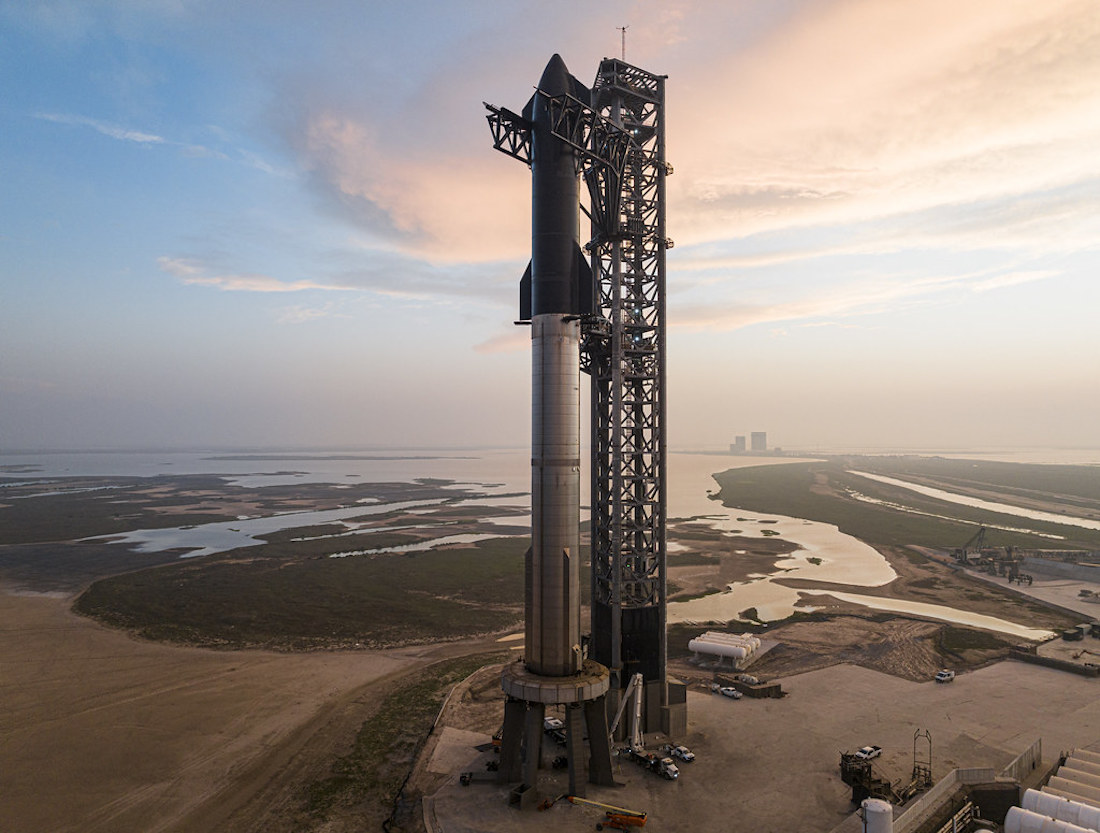
Elon Musk’s company launched Starship on Thursday morning at about 9:25 a.m. ET from its Starbase facility near Boca Chica, Texas. The rocket flew further than the previous test.
The live video shows a smooth ascent, with the upper Starship stage reaching orbital velocities. About 45 minutes after the launch, the rocket re-entered the atmosphere, heading toward a splashdown in the Indian Ocean.
Starship Breaks Apart Over the Indian Ocean
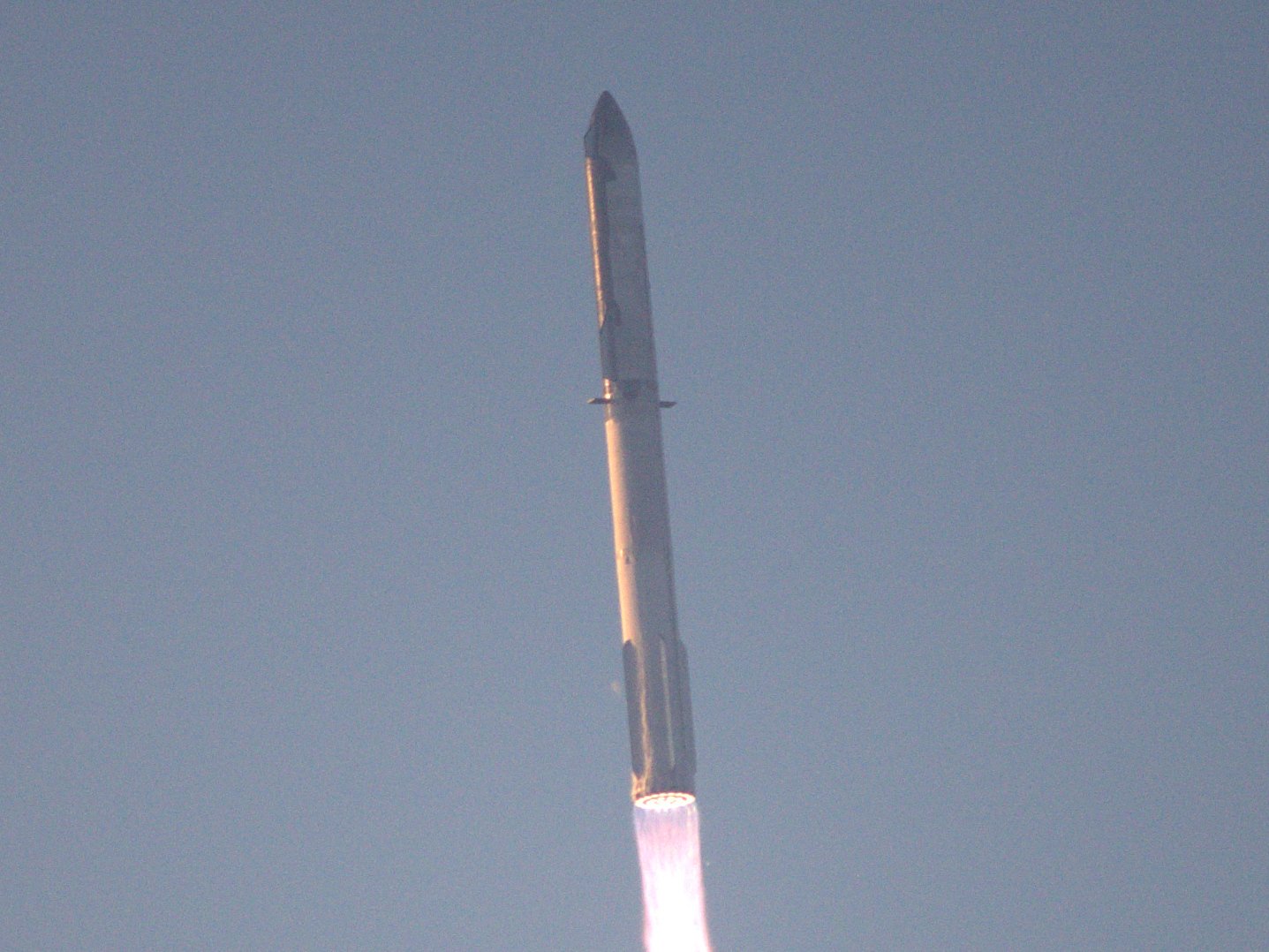
The communications with Starship ended as the rocket broke apart over the ocean. SpaceX later reported that the rocket had not survived re-entry.
This Is SpaceX’s Third Test Flight
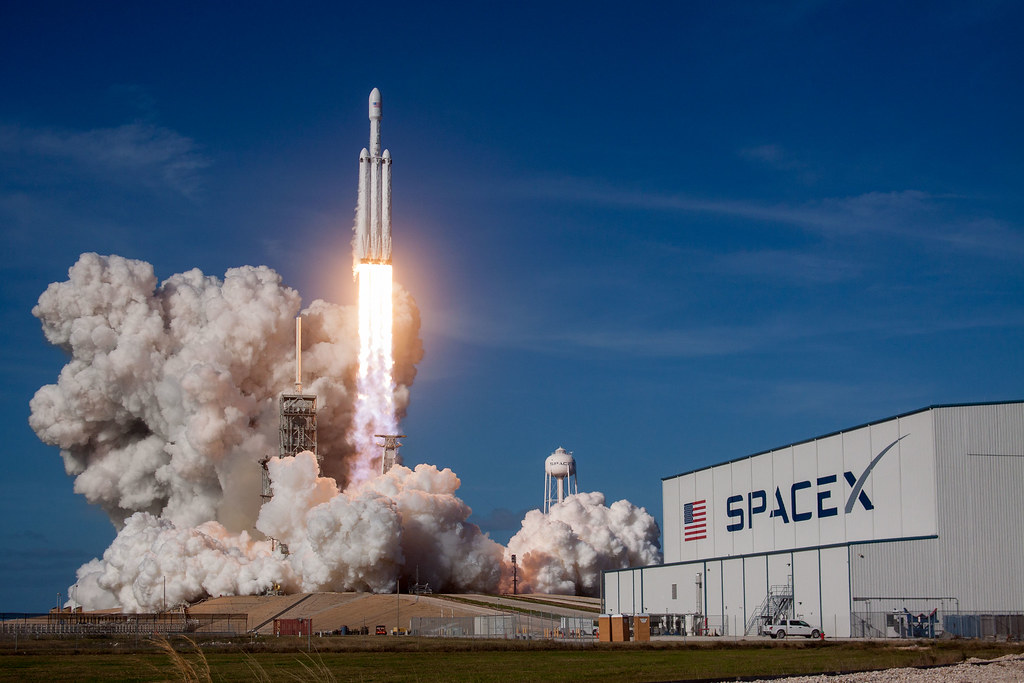
This rocket marks the third test flight by SpaceX in the last year. The launches in April and November 2023 both showed progression with the rockets, with each lasting a few minutes and almost reaching space.
The April Starship made it off the launchpad, but several engine failures and fires in the booster caused the rocket to explode 24 miles above the Gulf of Mexico.
Elon Musk Calls All Three Flights a Success

The November Starship launch traveled much farther with all 33 engines in the booster working properly during ascent. After a successful separation, the upper Starship stage nearly made it to orbital velocities. Unfortunately, the test flight ended in an explosive result.
Despite the explosions, Musk hailed both test flights as a success since they provided data needed to help engineers improve their design.
This Starship Reached a New Milestone for SpaceX
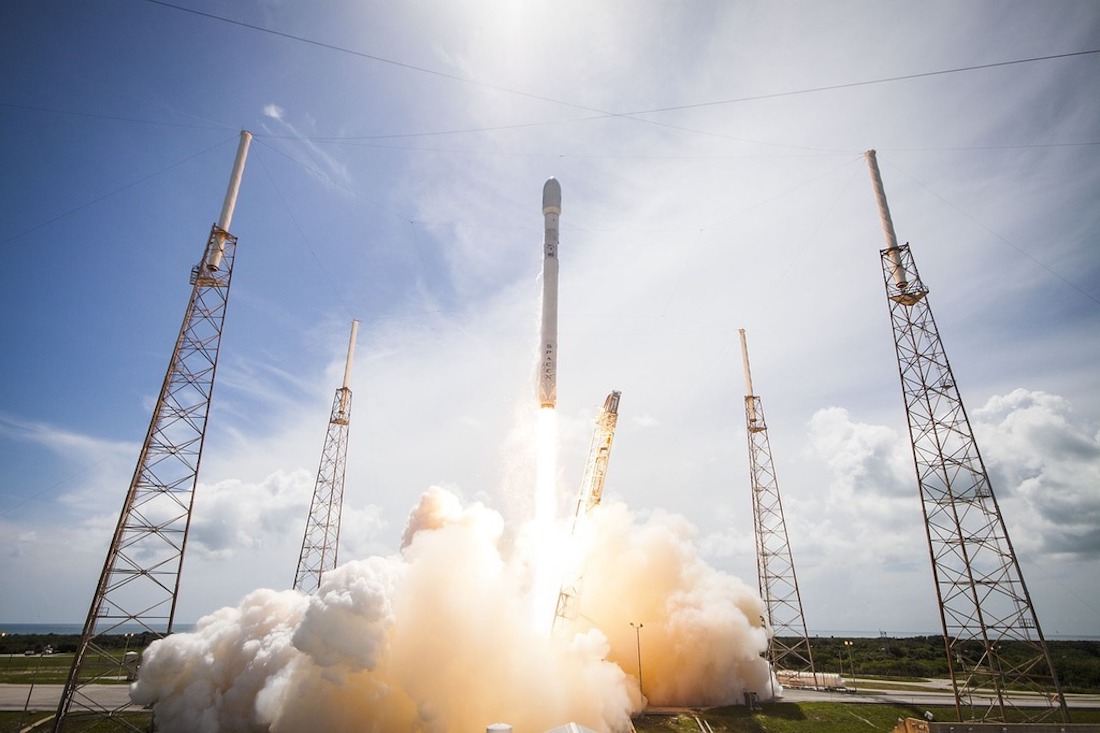
While Dan Huot, the communications manager at SpaceX, reported on the company’s webcast that they had lost Ship 28, the flight is a significant victory for SpaceX and its mission to complete prototype testing and begin operational Starship launches.
The test flight achieved several key milestones in the rocket’s development. Future tests could determine the future of space travel and help NASA return astronauts to the moon after nearly five decades.
NASA Congratulates SpaceX
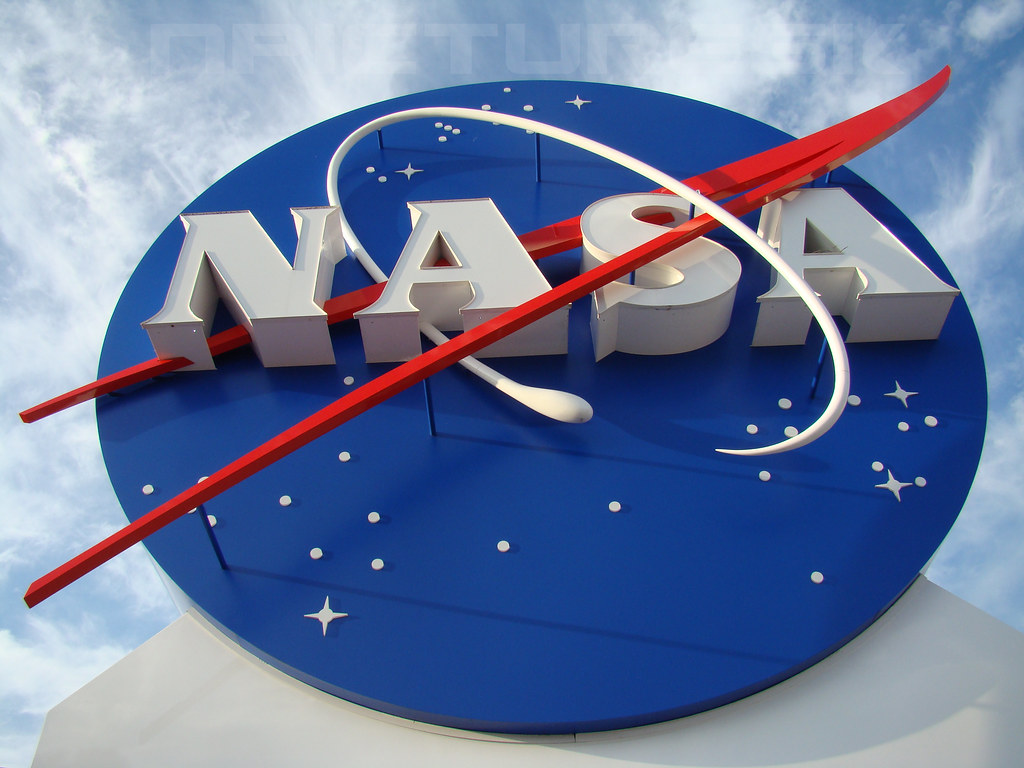
NASA chief Bill Nelson congratulated SpaceX “on a successful test flight!” “Starship has soared into the heavens. Together, we are making great strides through Artemis to return humanity to the Moon—then look onward to Mars,” Nelson, NASA’s administrator, wrote in a post on social media.
NASA is watching SpaceX’s test flights closely as the agency is counting on the company for some of its Artemis lunar missions planned for 2025.
SpaceX Is Aiming to Make Reusable Spacecraft Parts
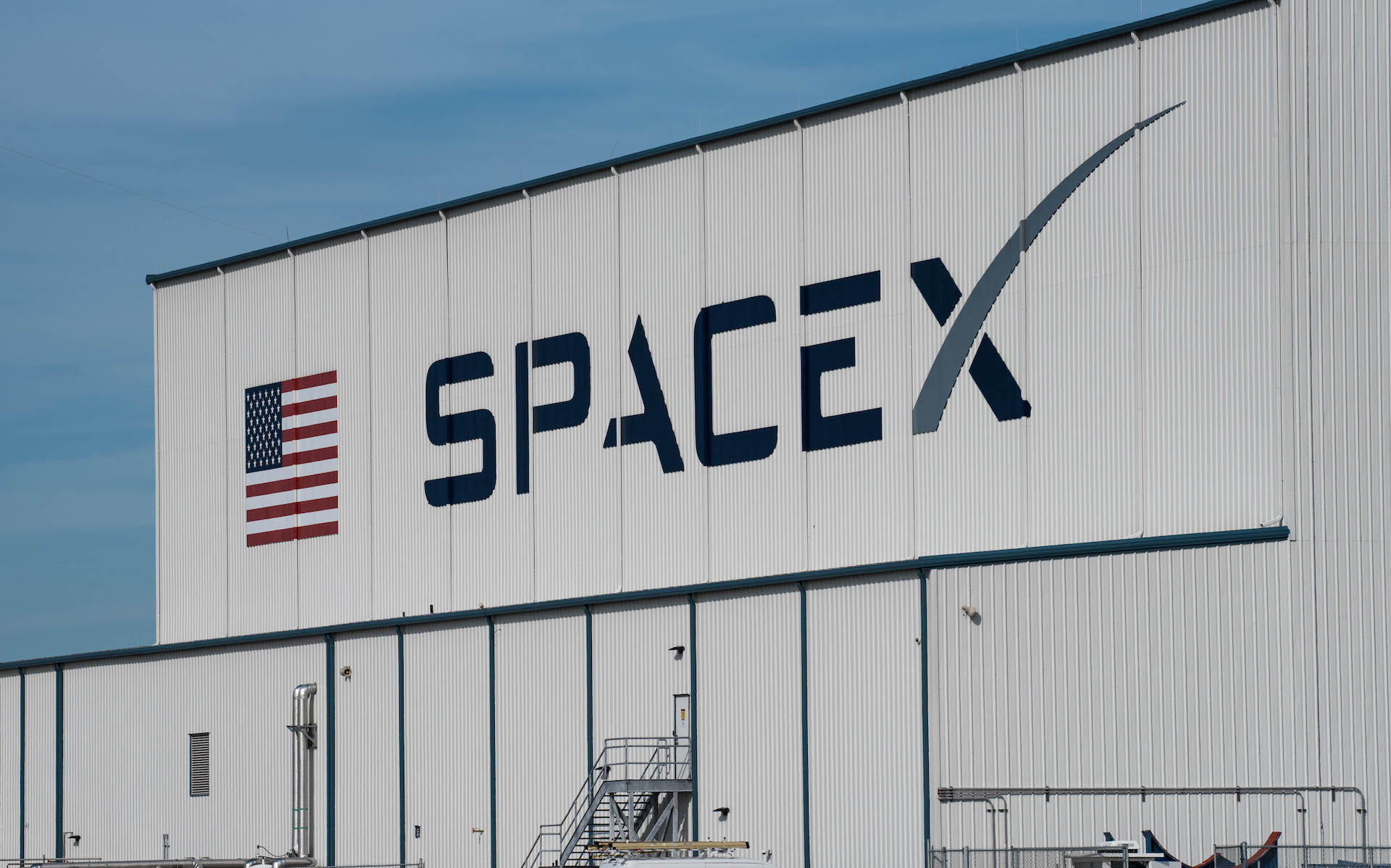
SpaceX is aiming to make the lower rocket booster and upper spacecraft stage that is reusable for multiple flights for Atermis’ lunar rockets. This would contrast the single-launch throwaway rockets that have been used for most of space travel.
The goal of reusability gives SpaceX the potential to drive the cost of sending satellites and telescopes into space down, providing both researchers and humanity with the information and technology they need to make space inhabitable.
Musk Dreams of Mars
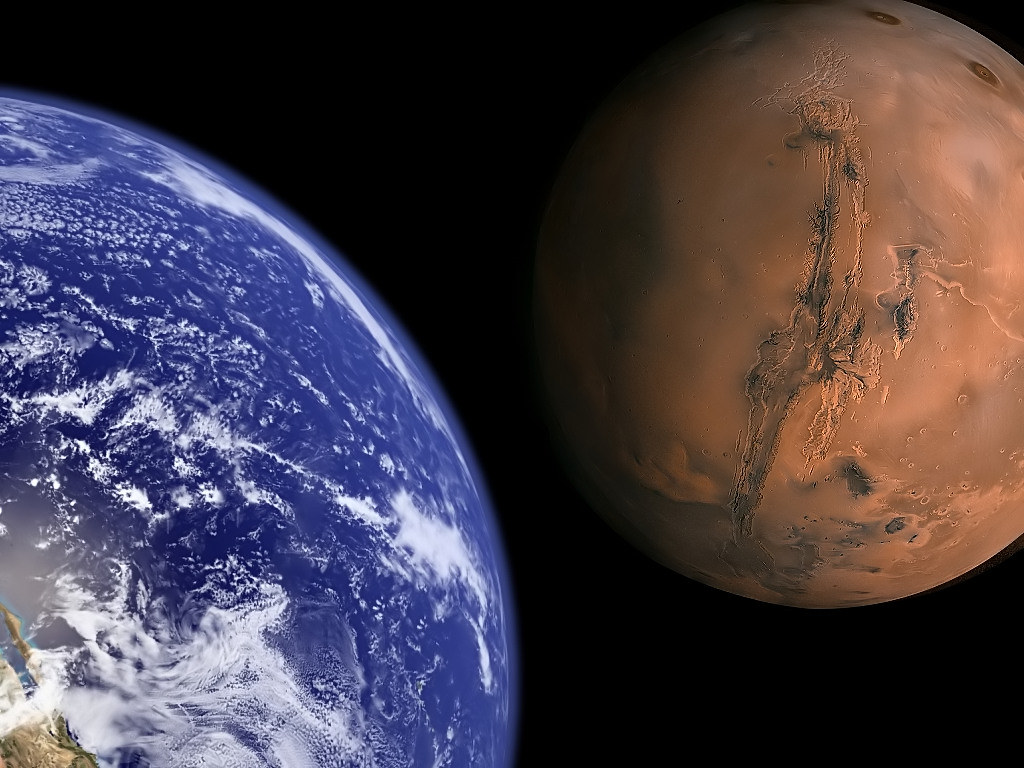
During a 2013 keynote at South by Southwest (SXSW), Musk declared, I’d like to die on Mars, just not on impact,” (via Yahoo! News).
SpaceX Plans for Six Test Flights in 2024

Before Musk can achieve his dream of life and death on Mars, his company needs to be able to pull off a successful series of rockets before Starship can reach the moon and more.
Musk wrote on X earlier this week that he is hoping for at least six more Starship flights in 2024, hoping that more of those necessary experiments may occur to promise safe space travel for humans.
Experts Say SpaceX Can Change Space Travel
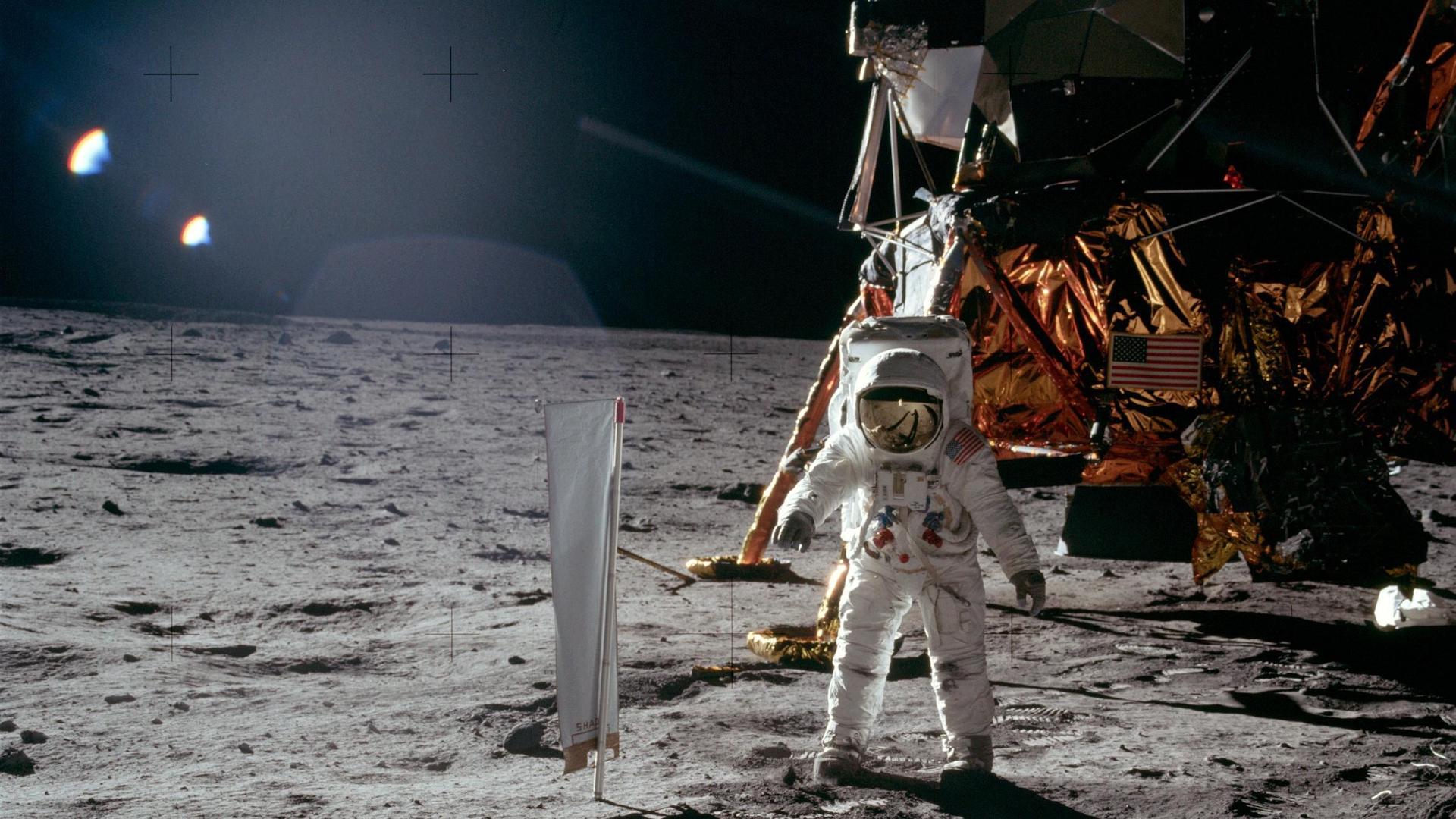
Phil Larson, who acted as the White House space adviser during the Obama administration and previously worked on communication efforts at SpaceX, said that the Starship’s size and reusability could reshape space exploration.
“[Starship] has massive potential to change the game in transportation to orbit. And it could enable whole new classes of missions,” Larson said (via The New York Times).
Looking Toward the Moon
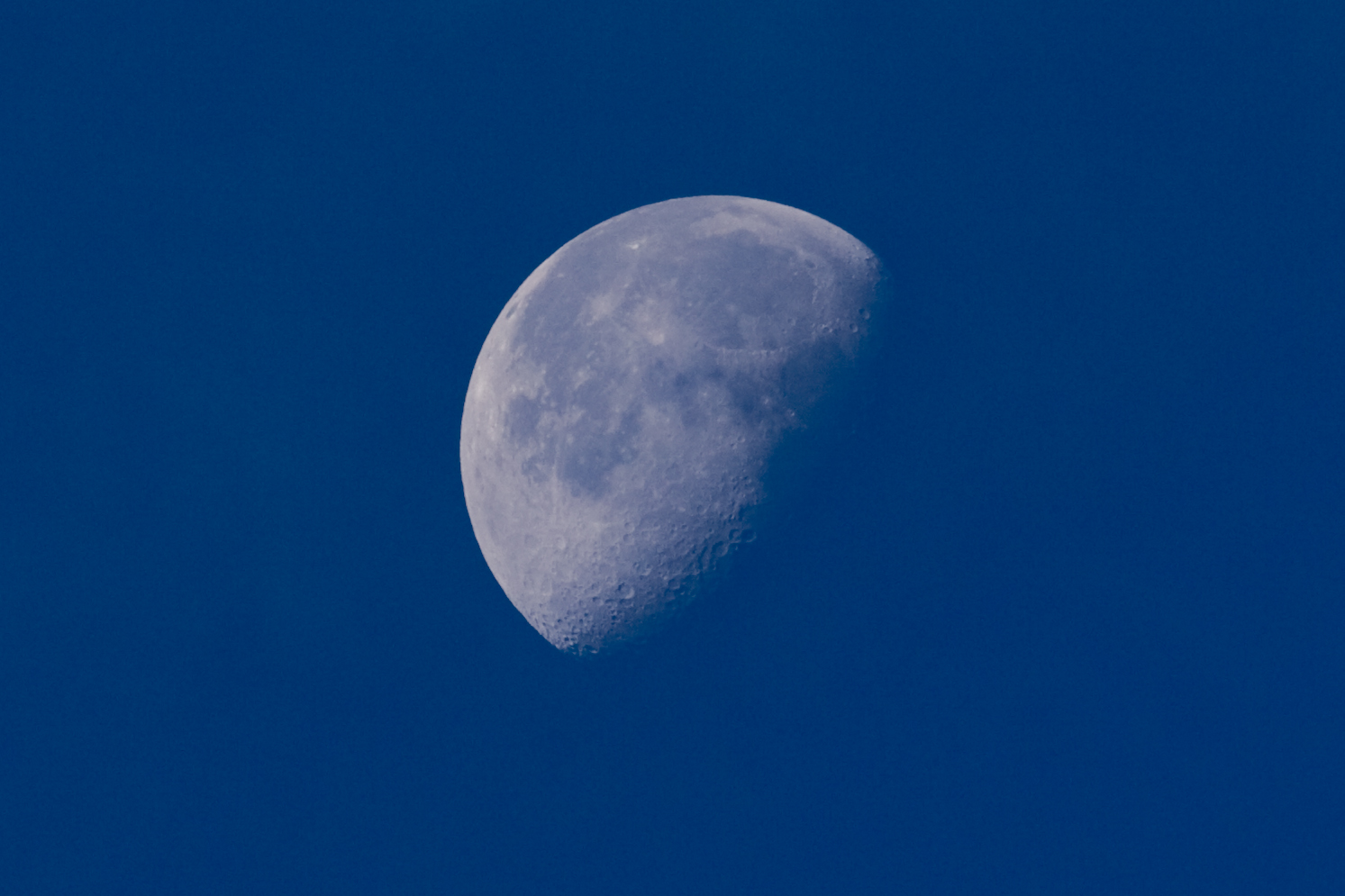
Unfortunately, some experts don’t believe the Starship will be ready by September 2026, the launch date NASA has set for Artemis III. It is also unclear if NASA will push the date back to wait for SpaceX’s Starship to be ready.
SpaceX engineers will also need to figure out why Starship did not survive re-entry before designing the next rocket to test later this year.
